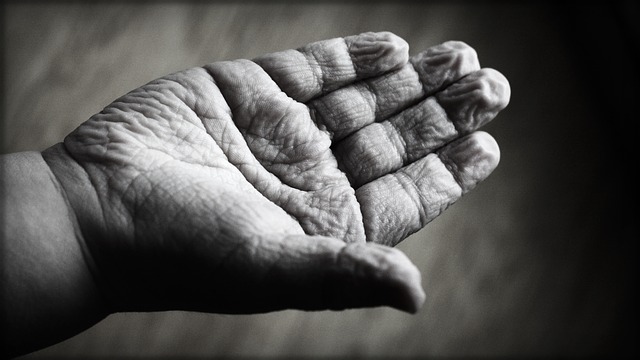A new method of electrical therapy can help the brain regain control over a hand that has been paralyzed because of stroke, a new experimental trial shows.
Jayme Knutson, the lead researcher on the study and an assistant professor of physical medicine and rehabilitation at Case Western Reserve University School of Medicine, Cleveland, explains that this new electrical stimulation therapy essentially rewires the brain so that it can give orders to stroke patients to move their hands.
Patients wear a glove bearing sensors on their good hand. The glove sends signal to electric stimulators on the paralyzed hand so that it mimics the movements of the hand that can move, Knutson says in a report by UPI.
During therapy, patients are encouraged to think about opening both their hands, as the electrical stimulation prompts reflecting movements in both functioning and paralyzed hands. Knutson says,
We think we’re training the brain.
When a patient attempts to open his or her hand, it “sort of puts the brain back in control” as it is the brain that gives the command for people to open their hands.
Electrical stimulation is not new in helping treat paralyzed patients. But so far, therapy has used stimulators to open and close a patient’s hand manually, without the patient having to do anything.
Knutson and a team tested their treatment in a clinical trial spanning 12 weeks, with 80 stroke survivors participating. Half of the participants received electrical stimulation using this “mirroring” treatment, while the other half received the standard electrical stimulant therapy where their hands were closed automatically.
Both groups performed their electrical stimulator tests at home for ten weeks, reporting three hours each week to practice hand movements with an occupational therapist in the researchers’ lab.
Before the therapies, all participants completed a standard dexterity test. They were scored on the number of blocks they could pick up, lift over a blockage and release in another area in the span of 60 seconds.
The study showed that patients who received the new therapy had better improvement that those who did not. These participants were able to move 4.6 blocks more on average compared to when they began treatment. Those in the control group could move an average of 1.8 blocks more than when they started.
Also, improvement was much greater for people who undertook the therapy less than two years after their stroke, the researchers stated. They were able to move 9.6 blocks more on average compared to 4.1 blocks in the standard therapy group.
Knutson says, “It’s common to see the earlier you receive therapy after a stroke, the better able the brain is to recover.” He adds that when therapy is delayed, the brain compensates by picking up “bad habits” that become difficult to remove.
By the end of the clinical trial, 97% of patients who had the “mirroring” therapy felt that they could use their hands better than when they started, the study reported.
Knutson says larger trials to follow up on these results is needed before the therapy can be submitted to the US Food and Drug Administration for approval. They are in the works, he said, but it will likely take years before this treatment is publicly available.
The study was published in the journal Stroke.
























